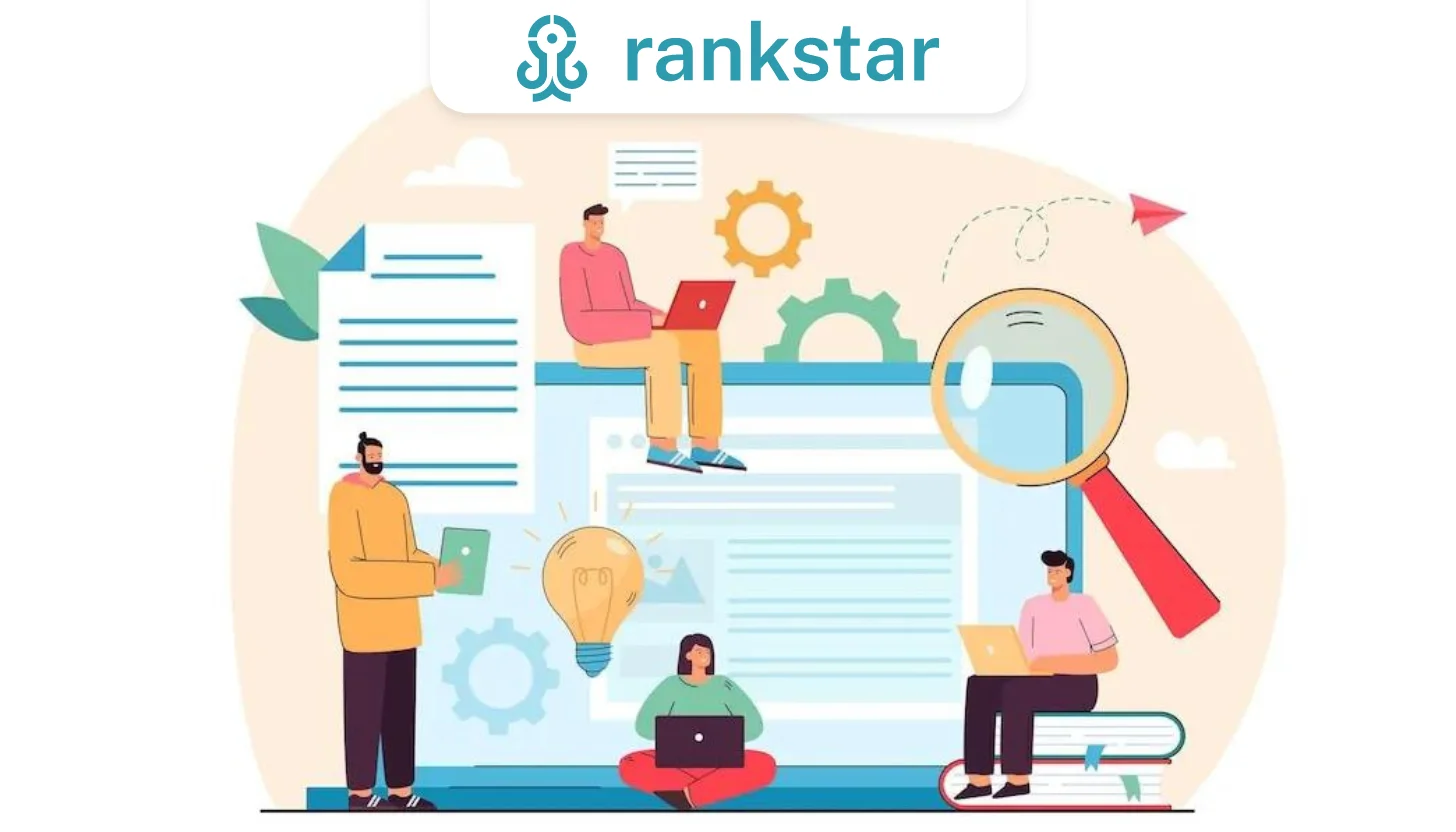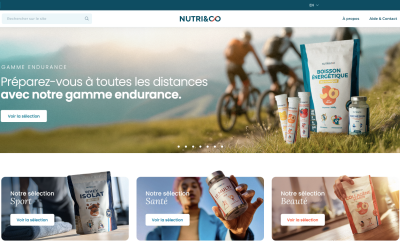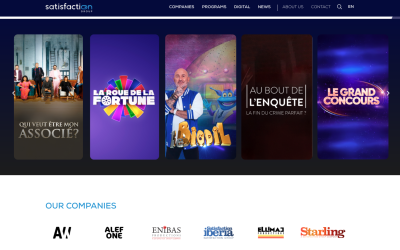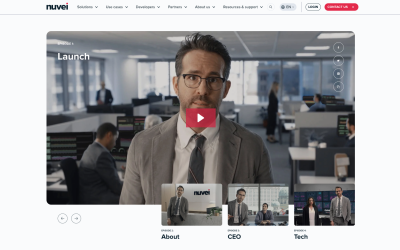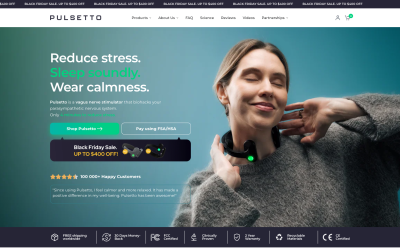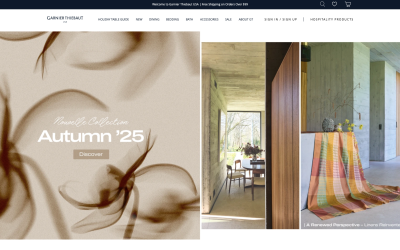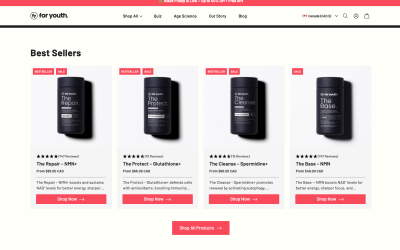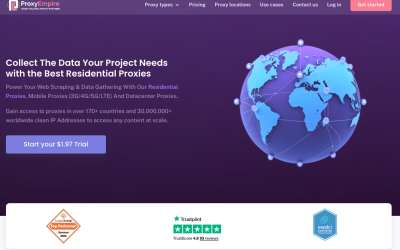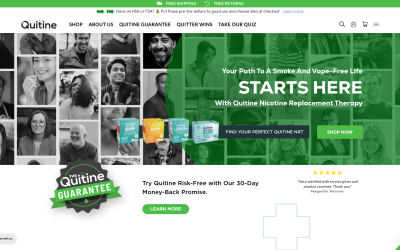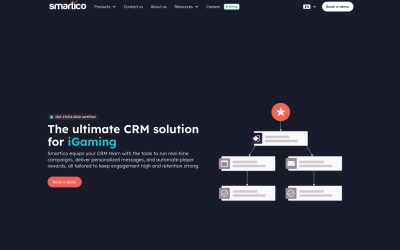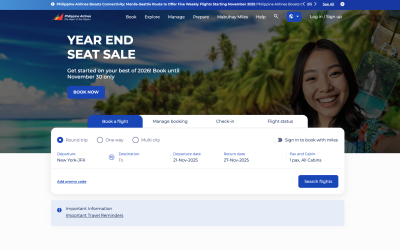You’re working hard on your website, but could you be unwittingly causing harm with random web content display? It might seem innovative, but there’s a downside.
This article shines a light on the potential pitfalls, from user confusion to SEO missteps.
You’ll learn the benefits of logical, meaningful content display, get tips on optimizing your semantic markup, and discover effective strategies for boosting your site’s popularity.
Dive in and avoid the random content trap.
Key Takeaways
- Randomly displayed content on web pages can result in irrelevant or insignificant information for the user.
- Search engines may view frequent updates and randomly changing main titles negatively, affecting search engine analysis.
- Pseudo-optimization through random content display can be easily identified by search engines.
- Optimizations and modifications on high-traffic old pages should be approached cautiously.
Rankstar – A Valuable SEO Partner for Your Business
→ Ready to uncover the hidden dangers lurking in randomly displayed web content?
Explore our latest article on Rankstar! Learn why randomness isn’t always a good thing when it comes to your website and discover how to mitigate these risks. Don’t leave your online presence to chance! Read the full article now and safeguard your website’s success.
We are also here to propel your brand to the summit of search rankings, ensuring its outstanding prominence in both Autocomplete Suggestions and Autosuggest Removal when in need.
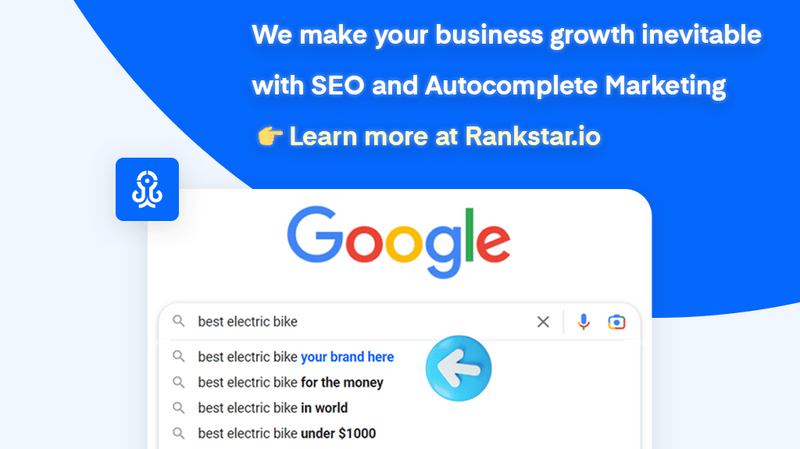
Understanding the Concept of Randomly Displayed Content
You need to realize that the concept of randomly displayed content carries potential risks, as it may lead to irrelevant or insignificant information being presented to users.
This randomness can cause confusion and frustration, as users may struggle to find the information they’re seeking.
Not only does this affect the user experience, it could also negatively impact your web page’s rankings on search engines.
Frequent updates mightn’t be interpreted positively, especially if the main titles are constantly changing.
This can confuse search engine analysis, and pseudo-optimization through random content display can be easily identified, potentially leading to penalties.
Therefore, a more logical and meaningful display of information is preferred, focusing on the quality and relevance of the content.
Analyzing the Impact of Random Content on Web Page Relevance
In terms of your site’s relevance, throwing up just any material can potentially mislead both your visitors and search engines. It’s not just about quantity; quality matters too. You see, randomly displayed content can confuse your audience, leading to an unfavorable user experience. Moreover, search engines mightn’t interpret your site’s frequent updates positively if the new content doesn’t add value.
- You risk losing your audience’s trust if they can’t find useful or relevant information on your site.
- You might hinder your site’s search engine ranking due to the confusion caused by random content changes.
- You’re likely to waste resources on ineffective optimizations that don’t improve the quality or relevance of your content.
Take a step back, analyze the impact, and always aim for meaningful, logical content display.
The SEO Implications of Random Content Display
Let’s dive deeper into how haphazardly presented information on your site can affect its search engine optimization. When you randomly display content, search engines struggle to understand the purpose of your page. This confusion can negatively impact your SEO rankings. Frequent updates that lack relevance can be interpreted as spam or low-quality content, further damaging your SEO efforts.
Moreover, if you modify high-traffic pages without strategy, you risk losing their established SEO value. It’s important that you approach content changes with caution, focusing on improving the quality and relevance of your content. Remember, search engines and users both favor a logical, meaningful display of information. Avoid pseudo-optimization tricks; they’re easily identified and can harm your site’s reputation.
Instead, concentrate on providing valuable, user-centric content. This is the key to optimizing your site’s SEO.
The User Experience: Random Vs. Organized Content Display
Organized presentation of information on your site not only enhances the user experience, but it’s also a vital aspect of SEO optimization. When content is randomly displayed, it’s like throwing puzzle pieces in the air and expecting them to land perfectly assembled.
Imagine the frustration. You’re trying to follow a storyline or gather information, but the pieces don’t fit together.
Consider the confusion. Search engines aim to organize the web’s chaotic content, but random displays muddy these efforts.
Picture the disappointment. You’ve invested time and money into your site, only to see it underperform due to lack of structure.
The solution? Prioritize organization. Make your content logical, meaningful, and easy to navigate. It’s not just about SEO; it’s about respecting your audience’s time and attention.
The Role of Semantic Markup in Content Display
You’ve got to understand that mastering semantic markup and its optimization is fundamental for effective SEO management. You see, semantic markup allows search engines to comprehend your website’s content. It’s not just about stuffing keywords; it’s about making your content meaningful and accessible.
Consider optimizing your TITLE tags with relevant keywords. Also, ensure your meta description tags accurately reflect your page’s content. Steer clear of duplicate content issues, they’re a big no-no in SEO.
Pay attention to your H1 tags. Their proper placement and usage can be a game-changer for your SEO performance. Don’t forget technical aspects like validating your HTML code with W3C. It can impact your ranking.
Be cautious with session IDs in URLs; they can cause issues. Remember, every detail counts in SEO.
Technical Aspects of Web Page Optimization
Diving deeper into SEO, it’s crucial to consider various technical aspects of your web page optimization. Your website’s technical health is the backbone of your SEO efforts. It’s not the flashy, attention-grabbing part of SEO, but without it, your visibility in search engine rankings can suffer.
- Make sure your HTML code is clean and validated. This ensures your website is easily accessed and understood by search engine crawlers.
- Be cautious about using session IDs in URLs; it can cause duplicate content issues.
- Don’t overlook the importance of URL optimization. Your URLs should be straightforward and indicative of the content on the page.
The Dangers of Pseudo-Optimization Strategies
Pseudo-optimization strategies, it’s important to understand, can often do more harm than good to your SEO efforts. You might think you’re giving your webpage a boost, but in reality, you’re likely confusing search engines and users alike.
Randomly changing your main titles, for instance, can muddle a search engine’s understanding of your page’s purpose. This kind of haphazard optimization can even be detected and penalized by search engines.
Also, beware of over-modifying old, high-traffic pages. Tread lightly here; your well-intentioned tweaks could lead to a drop in traffic.
Improving Website Popularity: Beyond Random Display
Beyond the pitfalls of pseudo-optimization, there’s a world of legitimate strategies to boost your website’s popularity and improve your SEO. You’re not limited to randomly displayed content; instead, focus on creating value and relevance for your users.
- Include high-quality content that resonates with your audience. This evokes an emotional connection, fostering trust and loyalty.
- Foster meaningful interactions through user-friendly design and intuitive navigation. This makes your site a pleasure to visit, encouraging return visits.
- Implement a robust link-building strategy. This can elevate your site’s authority, capturing the attention of both users and search engines.
Remember, SEO isn’t about tricks or shortcuts. It’s about understanding your audience, delivering valuable content, and ensuring a seamless user experience.
You’ve got this!
The Significance of Link Building and PageRank
You’re now ready to delve into the importance of link building and understanding PageRank for your website’s SEO success.
It’s vital to grasp that link building isn’t just about quantity, it’s about quality. Each backlink acts as a vote of confidence in your site, but not all votes are equal. That’s where PageRank comes in.
Google’s algorithm assesses the importance of web pages through PageRank; it’s a way to measure the value of a page based on the quality and quantity of its links. So, don’t just aim for more links, aim for better ones.
Remember, links from websites hosted on the same IP address can still be valuable. Properly optimizing your internal links can also boost your visibility.
Every detail matters in your SEO journey.
Best Practices to Avoid the Dangers of Random Content Display
It’s crucial for you to understand how to avoid pitfalls associated with haphazardly presenting information on your site’s pages. An unorganized content display can confuse your audience and negatively impact your SEO rankings.
Here’s how you can avoid this:
- Prioritize your content: Display your most important information first. This not only grabs the users’ attention but also helps search engines understand your content better.
- Keep it consistent: Don’t confuse your users with random changes in design or layout. Consistency enhances user experience and builds trust.
- Optimize your titles: Ensure your main titles are clear, relevant, and stable. Changing them frequently can confuse search engines and users alike.
Frequently Asked Questions
What Are Some Examples of Successful Websites That Utilize Random Content Display?
You’re asking for successful websites using random content display. Examples include Reddit and StumbleUpon. They’re dynamic and user-driven, showcasing a wide array of topics, yet they’ve mastered the art of engaging users effectively.
How Can Random Content Display Impact the Loading Speed of a Website?
Random content display can slow your website’s loading speed. It’s unpredictable and may pull large files, causing lag. Optimization’s key. Ensure you’re controlling file sizes and formats to maintain a swift, user-friendly site.
Are There Any Specific Industries or Types of Websites Where Random Content Display Could Be Beneficial?
Yes, there are. Sites like news aggregators or social media platforms could benefit from random content display. It keeps content fresh, unpredictable, and engaging, which can enhance user experience and return visits.
How Can Web Developers Ensure That Random Content Display Does Not Negatively Affect Accessibility for Users With Disabilities?
You can ensure random content display doesn’t negatively affect accessibility by prioritizing user-friendly design, incorporating alternative text for images, and using adaptive technologies that aid users with disabilities. Always test for accessibility issues.
What Are Some Potential Legal Implications or Issues That Could Arise From the Random Display of Web Content?
You could face copyright infringement if you randomly display others’ content without consent. Also, unknowingly displaying defamatory or offensive material could invite lawsuits. Always verify the legality of content before display.
Conclusion
In conclusion, randomly displayed web content can harm your site’s relevance, SEO, and user experience. Ensuring meaningful information display, optimizing semantic markup, and avoiding pseudo-optimization strategies is crucial.
Instead, focus on enhancing your website’s popularity and building strong links. By sidestepping the pitfalls of random content display, you can create a more engaging, user-friendly, and SEO-optimized website.
Remember, a logically organized website trumps a randomly assembled one, every time.
